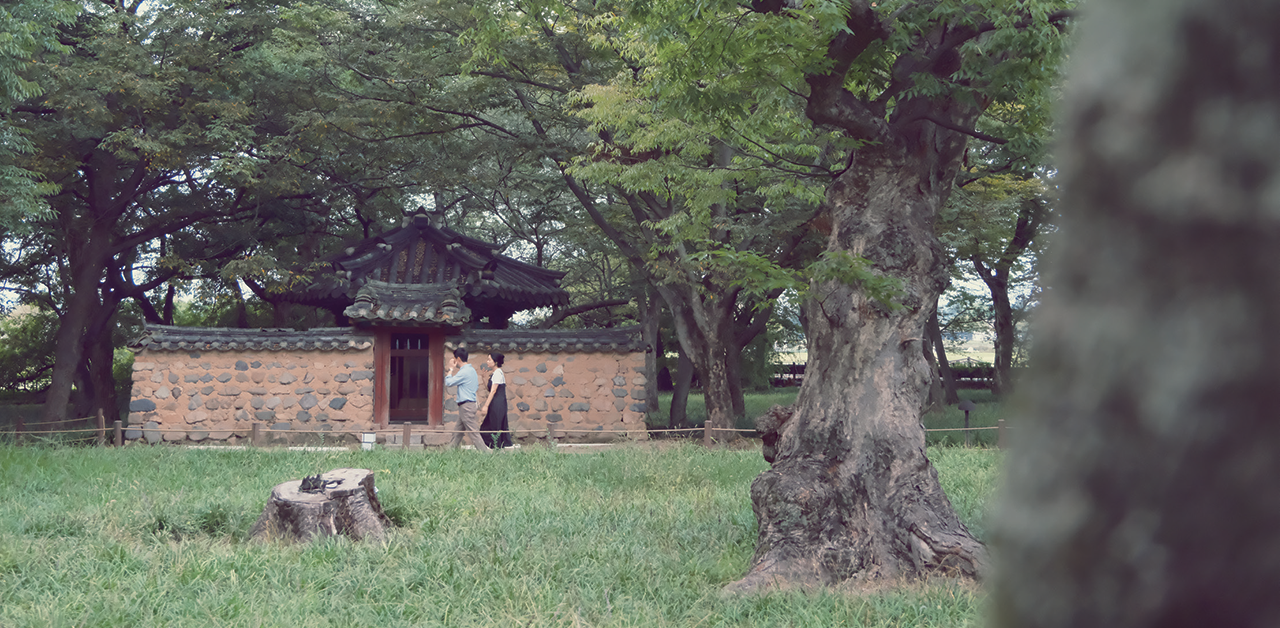
- Treasures Shaped by Time, Gyeongju’s Timeless Landscapes
-
A trip to Gyeongju always begins by exploring the distant traces of time. These old spaces—which may have been overlooked for their familiarity—speak to us in their own unique ways upon closer inspection.
Located between Daereungwon and Wolseong, Gyerim—the “forest where the rooster crowed”—is a secluded grove imbued with the first breaths of Silla. Once, Gyerim even served as the name of the Silla kingdom and as the birthplace of the legend of Kim Al-ji, the progenitor of Gyeongju Kim's clan. Having existed for over a thousand years, Gyerim is one of the places in Gyeongju that exude the city’s most mysterious energy. Even at noon, a twilight-like aura lingers throughout the forest. Walking slowly through ancient trees that stretch gnarled and vigorous toward the sky, one feels as if immersed in a myth.
At the end of Gyerim, one reaches Gyochon Traditional Village facing Woljeong Bridge. This village preserves its old appearance with Gyeongju Choi Clan’s head house at its center, harmonizing with the hyanggyo (Confucian school) and traditional hanok houses. The head house of Gyeongju Choi's family—also known as Gyeongju Choi's Noble House—was built presumably around 1700. The Choi Noble House is also famous for practicing “noblesse oblige” during the Joseon Dynasty. It is a place imbued with the philosophy of sharing and coexistence, exemplified by family mottos such as “Do not buy land during famine” and “Make sure that no one within a hundred ri dies of hunger.”
Flowing beside Gyochon Traditional Village is Namcheon River, over which the splendid Woljeong Bridge captures the eye. This bridge, spanning Namcheon River, is said to have been built in the 19th year of Unified Silla's King Gyeongdeok (AD 760). Woljeong Bridge is incomparable in its scale and magnificence. In particular, the gate towers standing at each end are so imposing that they give the illusion of being part of a royal palace. Its splendor did not last long, as it was lost during the Joseon Dynasty. After so many years, it was finally restored in April 2018.
The true beauty of Woljeong Bridge is revealed after sunset. When soft lighting illuminates the bridge and its gate towers, their reflections on Namcheon River create a fantastic scene, as though one were walking into the night of Silla itself. From the pavilion, the cool river breeze accompanies a panoramic night view of Gyochon Traditional Village. The restoration of Woljeong Bridge goes beyond simply reviving a vanished structure; it offers the moving experience of transcending time and space, allowing us today to enjoy the very scenery that the Silla people delighted in 1,300 years ago.
Among the many travelers who visit Gyeongju, students cannot be left out. The saying that Gyeongju is “the number one destination for school field trips in Korea” is certainly not an exaggeration. Among the places that students most often visit, the representative ones are Bulguksa Temple and Seokguram Grotto. Walking quietly through the temple grounds, they gaze upon the faded dancheong (traditional multicolored patterns) and wooden lattice doors, marveling, “So this is what ancient dignity feels like; this is where the Pure Land of Buddha envisioned by the Silla people has come to life.” After winding along meandering paths, they finally arrive at Seokguram, where, unfortunately, photography is not allowed. For that reason, they look at the main Buddha and numerous reliefs with even more earnest eyes. It is often said that photographs are all that remain; however, since no photos can be taken here, one stores in memory—with the sharp eyes of a hawk—each detail of Silla supreme artistry.
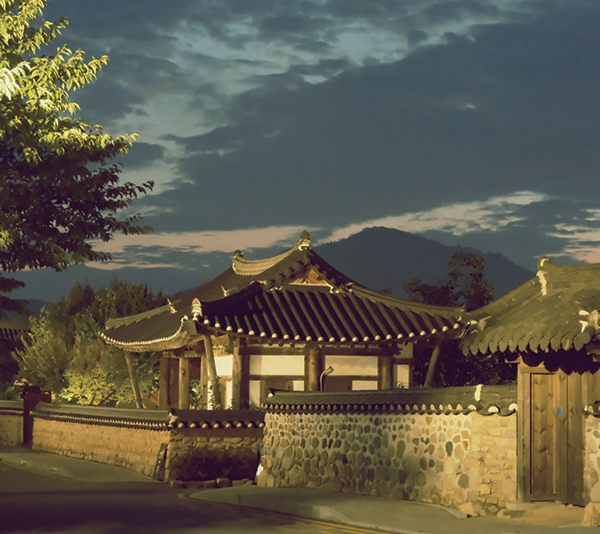
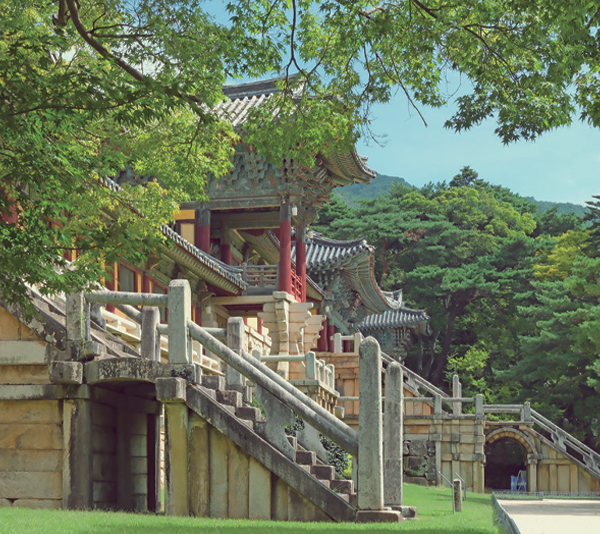
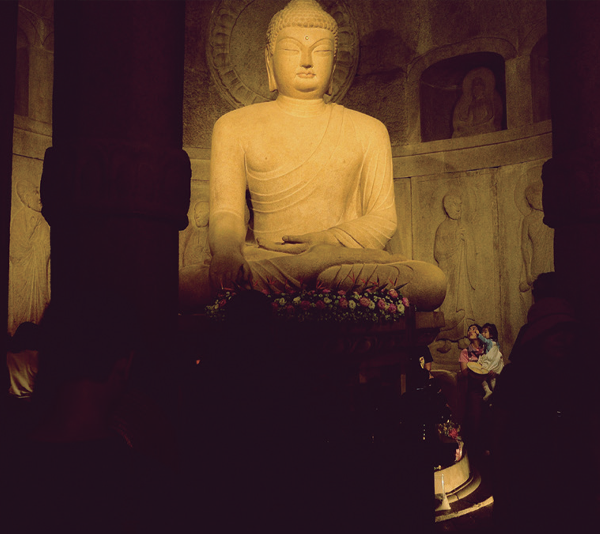
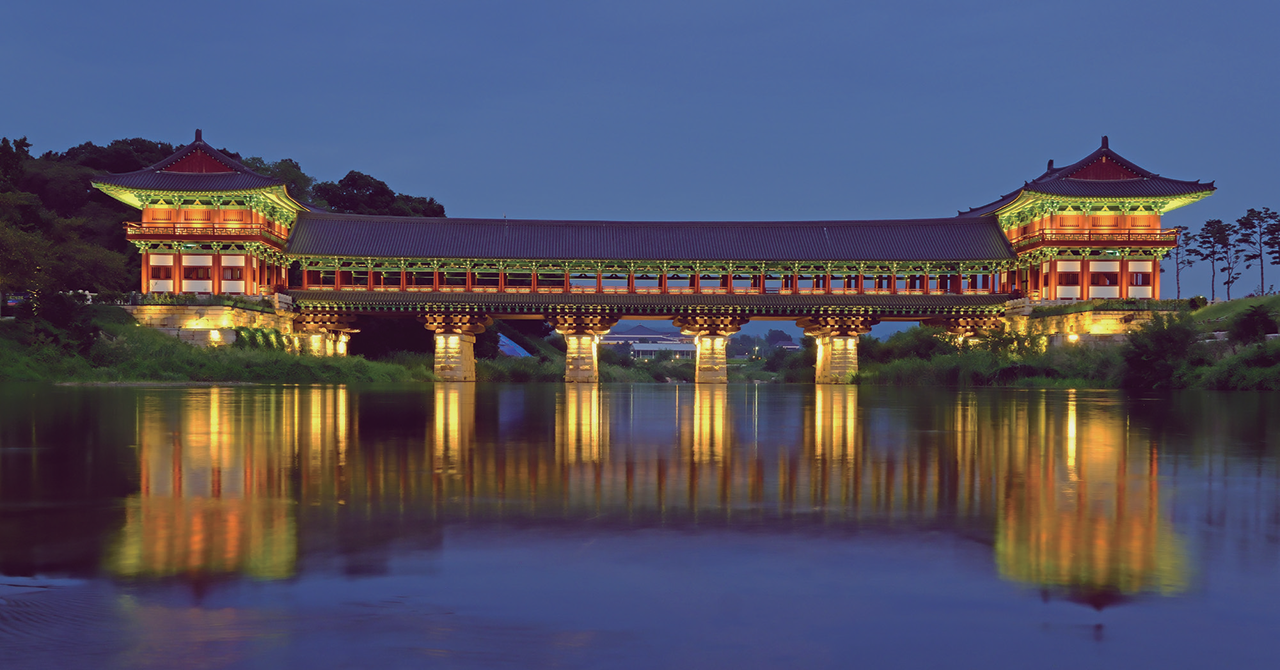
Gyerim
1 Gyodong, Gyeongju-si, Gyeongsangbuk-do
Gyochon Traditional Village
39-2 Gyochon-gil, Gyeongju-si, Gyeongsangbuk-do
Bulguksa Temple
385 Bulguk-ro, Gyeongju-si, Gyeongsangbuk-do
Seokguram Grotto
238 Seokgur-ro, Gyeongju-si, Gyeongsangbuk-do
Woljeong Bridge
274 Gyodong, Gyeongju-si, Gyeongsangbuk-do
- Experiencing History with Today’s Senses: Gyeongju’s New Face
-
Gyeongju does not remain stuck in the past. While retaining the deep fragrance of history, it creates new stories with today's senses and language. The Silla Millennium Library located within the Gyeongju National Museum is precisely such a place. This building originally served as a storage facility for the museum but was remodeled into a library in 2022. It houses not only exhibition catalogs from Korea and abroad but also a variety of books related to Silla and Gyeongju. The reading room features a ceiling that impressively reinterprets traditional architectural timber structures in a modern way. Additionally, the space is completed with stone lanterns that seem to light the lamp of wisdom, creating a simple yet symbolic atmosphere. When you want to step away from the bustling tourist spots and deepen your travel experience quietly, the Silla Millennium Library becomes the perfect place for rest and learning.
Running parallel to the wall of Daereungwon is Hwangridan-gil, also a new face of Gyeongju. Cafes and restaurants in hanok style, concept shops, and photo studios have gradually opened here, making it the hottest spot in Gyeongju. Some long-standing establishments have been here for over five years. These include: Daereungwon Photo Studio, which specializes in black-and-white photography; Baerisamneung Park, which sells gifts unique to Gyeongju; Sipwon-bbang, inspired by the 10-won coin engraved with Dabotap; and Godo Coffee, where a cat welcomes customers. The alley is full of life, adding a warm touch to the typically stoic Gyeongsang-do atmosphere.
Wooyang Art Museum showcases another kind of “newness” that Gyeongju holds. In a city filled with antiques and relics, encountering contemporary art provides a fresh, stimulating experience. From works by domestic and international masters to exhibitions by experimental emerging artists, this diverse celebration of contemporary art offers travelers new inspiration and time for reflection. The museum has presented bold and experimental works that differ from the traditional image of Gyeongju. In particular, it is hosting the Nam June Paik special exhibition Humanity in the Circuits in commemoration of the APEC Gyeongju summit and I Have Been Here Before— Asia's first solo exhibition by Ghanaian artist Amoako Boafo—which runs until November 30.
By traveling in Gyeongju, one realizes anew that the past comes alive within the present landscape, and that the present flourishes more richly upon the solid roots of the past. Gyeongju is not a city frozen in the past within a museum. It is a “present-progressing” city that preserves old values while constantly creating new narratives. This fall, we recommend discovering the “old-newness” in Gyeongju, which is familiar yet shows a new face every moment.
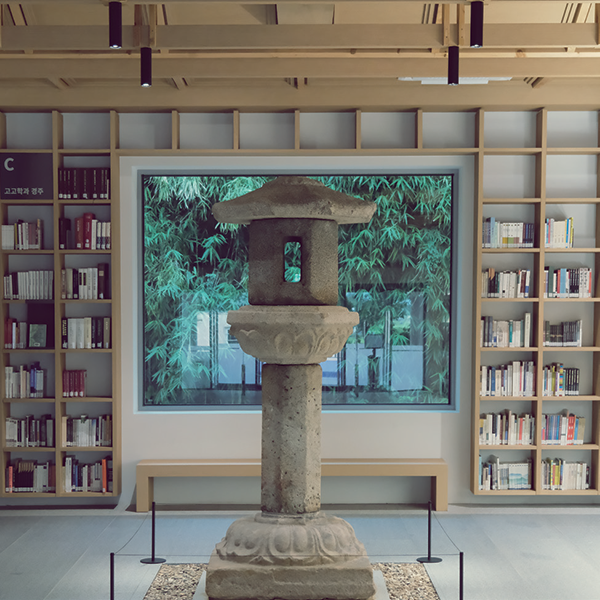
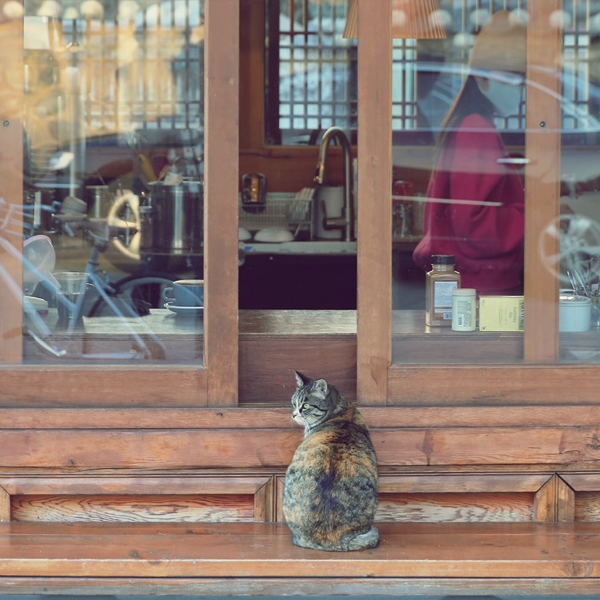
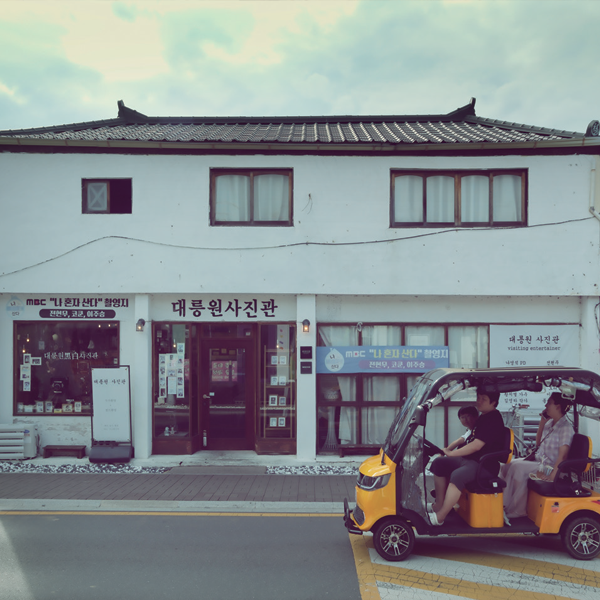
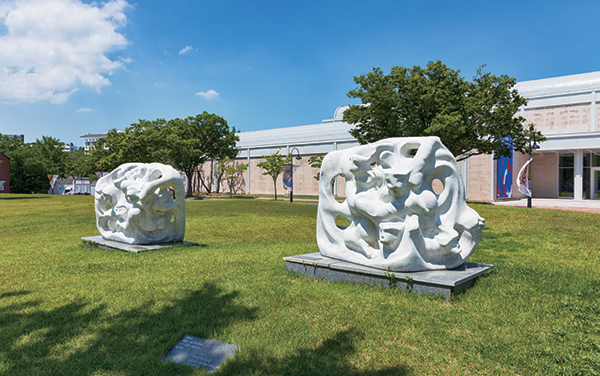
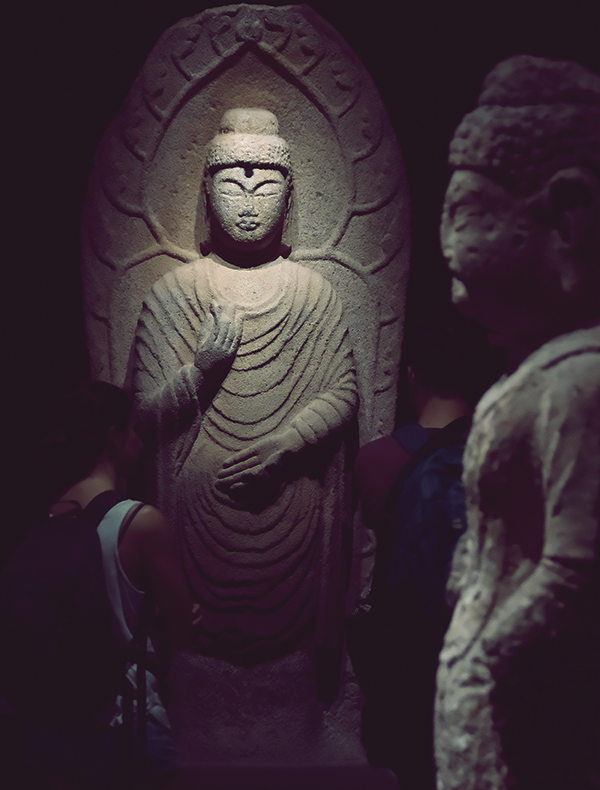
Gyeongju National Museum
186 Iljeong-ro, Gyeongju-si, Gyeongsangbuk-do
Hwangridan-gil
1080 Poseok-ro, Gyeongju-si, Gyeongsangbuk-do
Wooyang Art Museum
484-7 Bomun-ro, Gyeongju-si, Gyeongsangbuk-do

 View previous
View previous 이전호 보기
이전호 보기